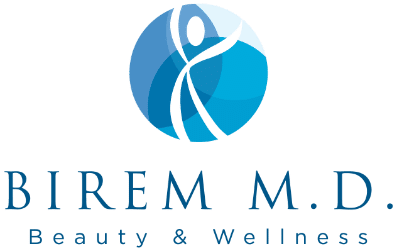Chemical Peels Treatment
Experience transformative skincare with our chemical peels in McLean. Our chemical peel treatment rejuvenates your skin, enhancing its texture and tone. Discover the benefits of chemical peels for skin and face, revealing a radiant, youthful glow. Trust our experts for safe and effective chemical peels that refresh and revitalize your appearance.
What is a Chemical Peel?
Chemical peels remove damaged outer layers of skin to make skin smoother, reduce scarring and remove blemishes. Ranging from mild to strong, there are three types of chemical peels: alphahydroxy acid (AHA), trichloroacetic acid (TCA) and phenol. The strength of each peel is tailored to the patient.
What are the Side Effects of Chemical Peels?
Chemical peels can cause tingling or throbbing, redness, scabbing, and swelling that lasts about a week. After a chemical peel, it is essential that the skin be protected from the sun.
Chemical Peel FAQs
What do chemical peels treat?
Chemical peels remove damaged outer layers of skin, typically on the face, to make skin smoother, reduce scarring and remove blemishes.
What types of chemical peels are there?
Ranging from mild to strong, there are three main types of chemical peels: alphahydroxy acid (AHA), trichloroacetic acid (TCA) and phenol.
What is an alphahydroxy acid (AHA) peel?
An AHA peel is the gentlest of the three types of chemical peels. It contains glycolic, lactic and fruit acids that smooth and brighten skin, and is used to treat fine wrinkles, dryness, uneven pigmentation and acne.
What is a trichloroacetic acid (TCA) peel?
A TCA peel is a medium-depth peel, although depth is adjustable. It treats fine wrinkles, superficial blemishes and pigment problems and can be used on the neck and other areas of the body. It is sometimes used in combination with an AHA peel. A TCA peel is the preferred peel for darker-skinned patients.
What is a phenol peel?
A phenol peel is the strongest chemical peel and it treats deeper skin problems such as coarse facial wrinkles and damaged skin caused by sun exposure, aging or birth-control pills. Because phenol can lighten skin where it is applied, the patient’s natural pigmentation is a factor in determining a phenol peel’s suitability.
Is a chemical peel painful?
During a chemical peel, anesthesia is not required because TCA and phenol have anesthetic properties, and AHA produces only a slight stinging. When the solution is first applied, it may cause a brief stinging sensation. Post-procedure, a TCA or phenol peel can cause tingling or throbbing, redness, scabbing and swelling that lasts about a week. After an AHA peel, there may be temporary stinging, redness and irritation, as well as flaking or crusting.
Should chemically peeled skin be kept out of sunlight?
The skin should be protected from the sun for several months post-peel to reduce the risk of complications and maintain desired results.

